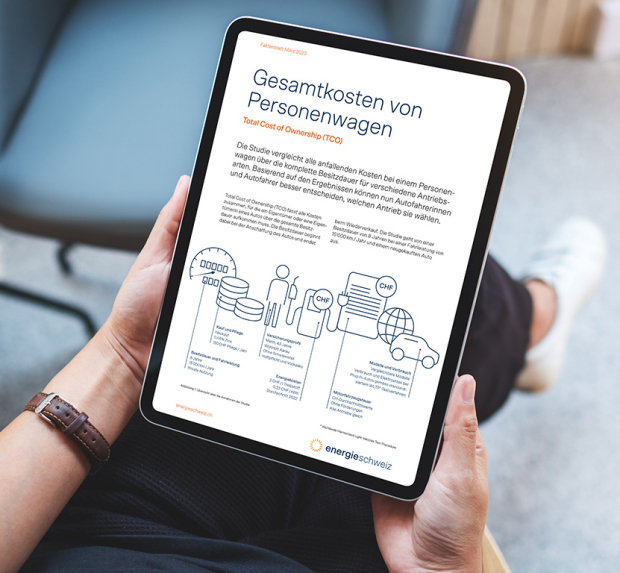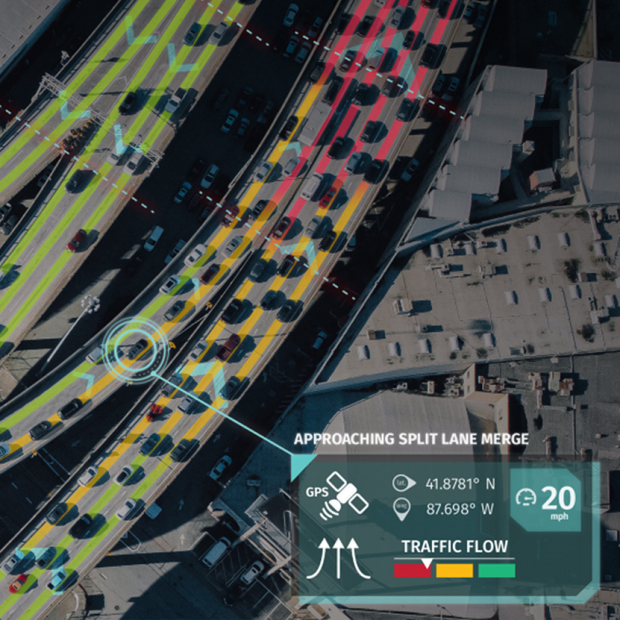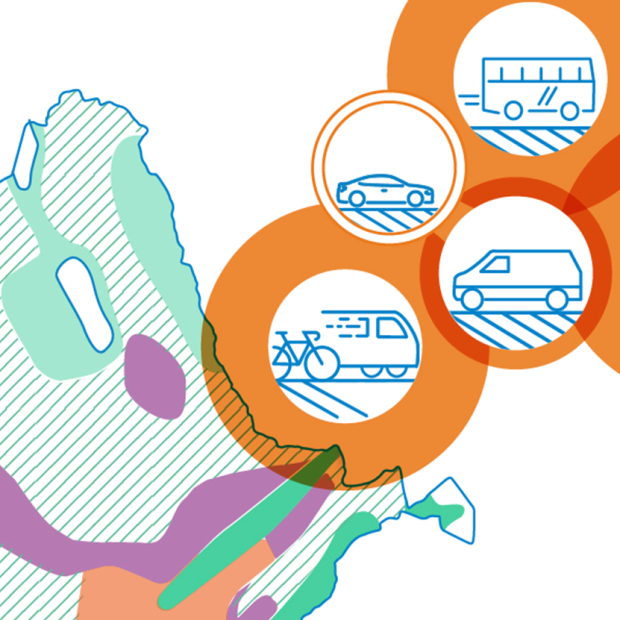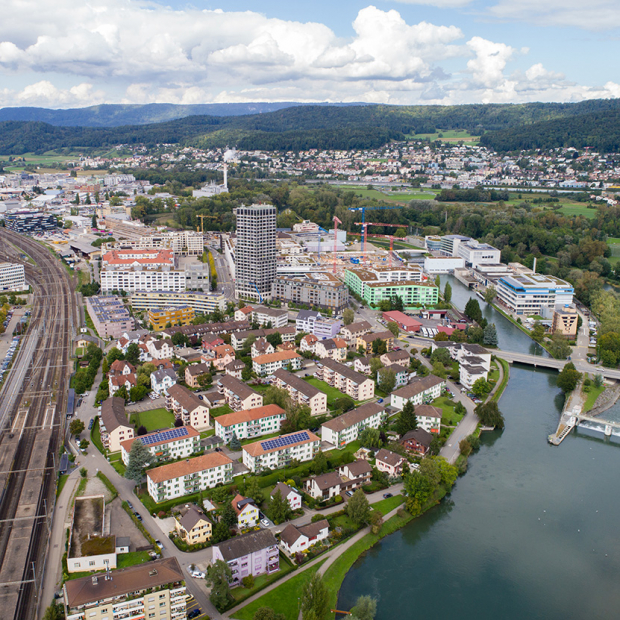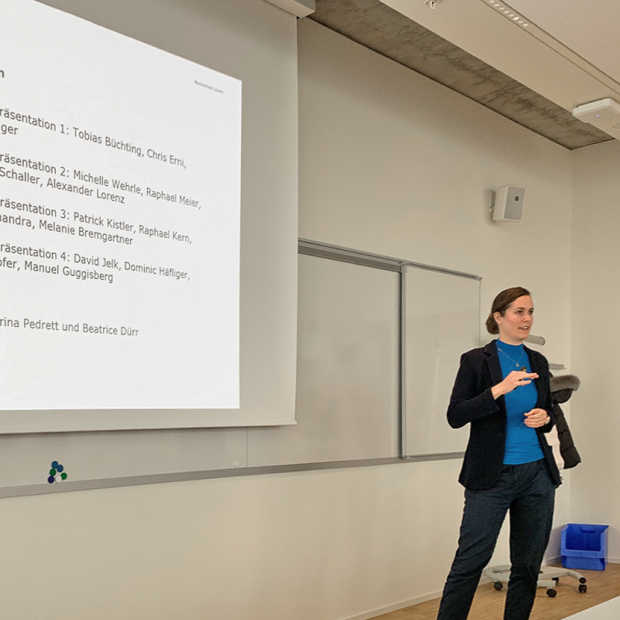

NISTRA evaluation of proposed highway expansion between Winterthur-Töss and Winterthur-Ost
The Swiss Federal Roads Office is currently working out the details of a general project to ameliorate existing traffic congestion and accommodate projected increases in traffic volume on the federal highway between Winterthur-Töss and Winterthur-Ost. Working on behalf of FEDRO, EBP applied the official NISTRA method to evaluate the sustainability and general feasibility of the alternative project proposals.
Expansion to six lanes between Winterthur-Töss and Winterthur-Ost
Federal highway N01 is the main link between Zurich and Northeastern Switzerland. Owing to an anticipated increase in traffic volume, experts expect the existing levels of traffic congestion in the area of Winterthur to worsen. FEDRO is currently working out the details of a general project (GP) for a bypass around Winterthur. This GP includes an expansion of N01 between Winterthur-Töss and Winterthur-Ost from two lanes in both directions to three lanes in both directions. Moreover, the section of highway between Wülflingen and Winterthur-Nord is to be expanded to four lanes in both directions (including breakdown lanes). This will entail an additional traffic lane in both directions and the relocation of the existing breakdown lanes.
NISTRA evaluation
The documentation for the GP includes a cost-effectiveness analysis (CEA) and a cost-benefit analysis (CBA) for each of the project proposals. According to the FEDRO protocol, this work is then to be augmented by a NISTRA evaluation.
EBP began its work on the project by carrying out a NISTRA evaluation to compare the various proposals for the “Töss” and “Wülflingen” sections of the highway and to provide a basis for later decision making. In addition to this, we evaluated the impact of the overall project within a comprehensive project perimeter. Once one of the proposals has been selected for implementation, we will go on to complete a final NISTRA evaluation.
All of our evaluations were carried out using the technical specifications that had been established for the GP. This applies in particular to investment costs, transportation infrastructure and environmental and noise pollution data.
One methodological challenge centered on a proposal to cover the sections of highway in question. Covering sections of highway can clearly increase the quality of residential and commercial space near the highway, for example, by reducing noise, especially if careful thought is given to the design of the highway coverings. This societal benefit turns up, for instance, in property value increases. We were therefore able to quantify the added value in monetary terms and take account of it in our expanded cost-benefit analysis (NISTRA).
Comparing proposals for the Wülflingen and Töss sections
Using the NISTRA method, we evaluated five proposals for the Wülflingen section and six proposals for the Töss section. Our evaluations included both investment considerations and considerations relating to environmental, economic and societal impact. Using our results as a basis, we issued one recommendation for each section.
The results of our NISTRA evaluation also provided an occasion to reexamine a solution that had been ruled out in the framework of the CEA. This viable and cost-effective solution is now reflected in part in the selected proposal.
GP evaluation
Now that the developer has selected a preferred proposal, we have turned to the task of working evaluating the overall project in accordance with the NISTRA method. The preliminary results indicate that the proposed solution will indeed ameliorate traffic congestion without sacrificing cost effectiveness.



